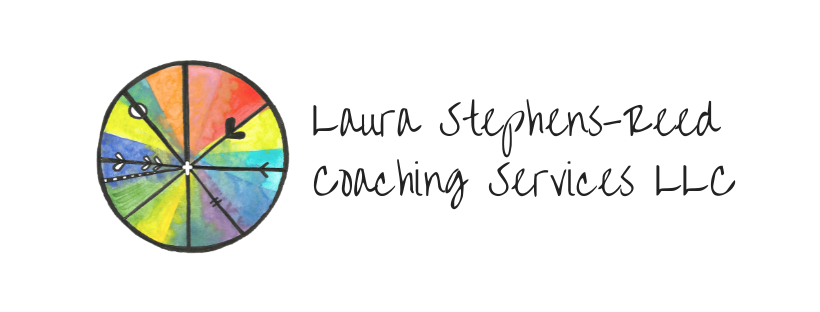It’s hard to muster up the will to be vulnerable when we absorb criticisms and failures into our identity: “I’m not good enough.” “I’m a screw-up.” That’s why Brené Brown’s distinction between shame and guilt is so helpful.
Shame focuses on our own or someone else’s (lack of) worth. It is rooted in the need to assign blame and in the reluctance to change, and it can quickly lead to a sense of powerlessness and even desperation in the shamee.
Guilt, on the other hand, focuses on behavior – not so much who was wrong but what went wrong: “I messed up” rather than “I’m messed up.” It fosters reflection about how to do differently and a sense of agency for making changes, resulting in hope for future successes.
In many churches those self-reflective muscles have atrophied, leading either to shaming (“Pastor So-and-So killed our congregation with X initiative”) or to feeling ashamed: “Pastor So-and-So left us to go somewhere else. What’s wrong with us?” “Our church is so much smaller than First Church. Why would people choose to come here when they could join a congregation with so much more to offer?” These kinds of mindsets, whether they are expressed aloud or not, can kill a church’s energy and become self-fulfilling prophecies.
How, then, can we help our congregations lay claim to hope? Questions can help flip the narrative from one of shame to one of guilt. For example:
What do we do well? What are some things we’re able to do that bigger/better resourced/more established/etc. churches can’t?
With regard to particular situations, what do we need to do differently the next time?
Notice that these questions focus on actions rather than personalities.
What narratives in your church – or in yourself – need to be flipped, and what questions will help you get there?

